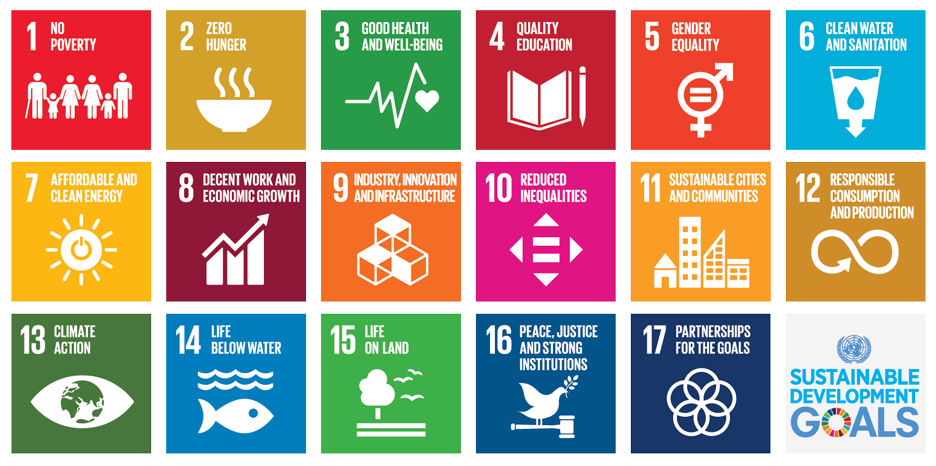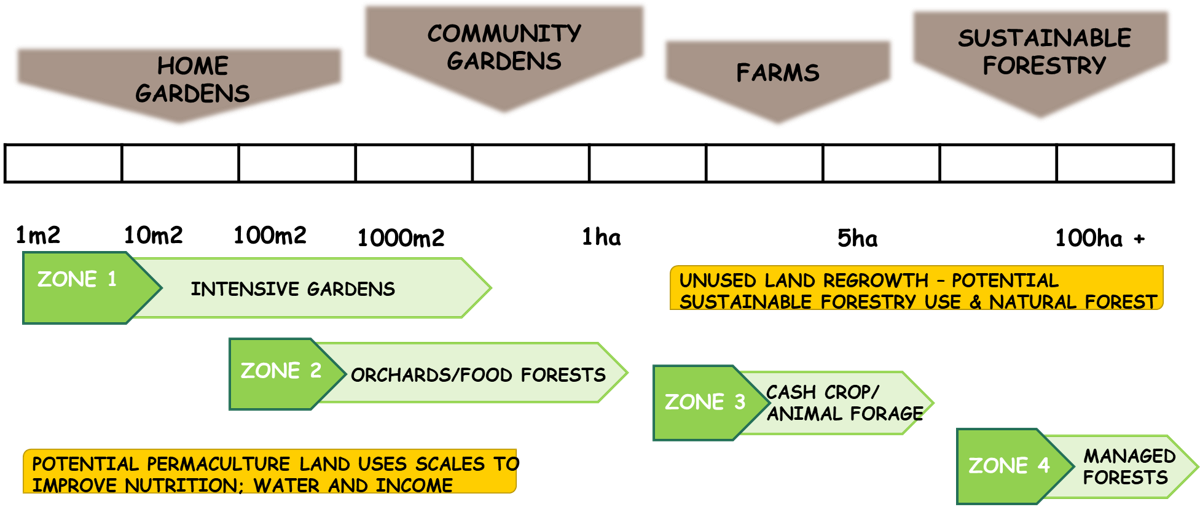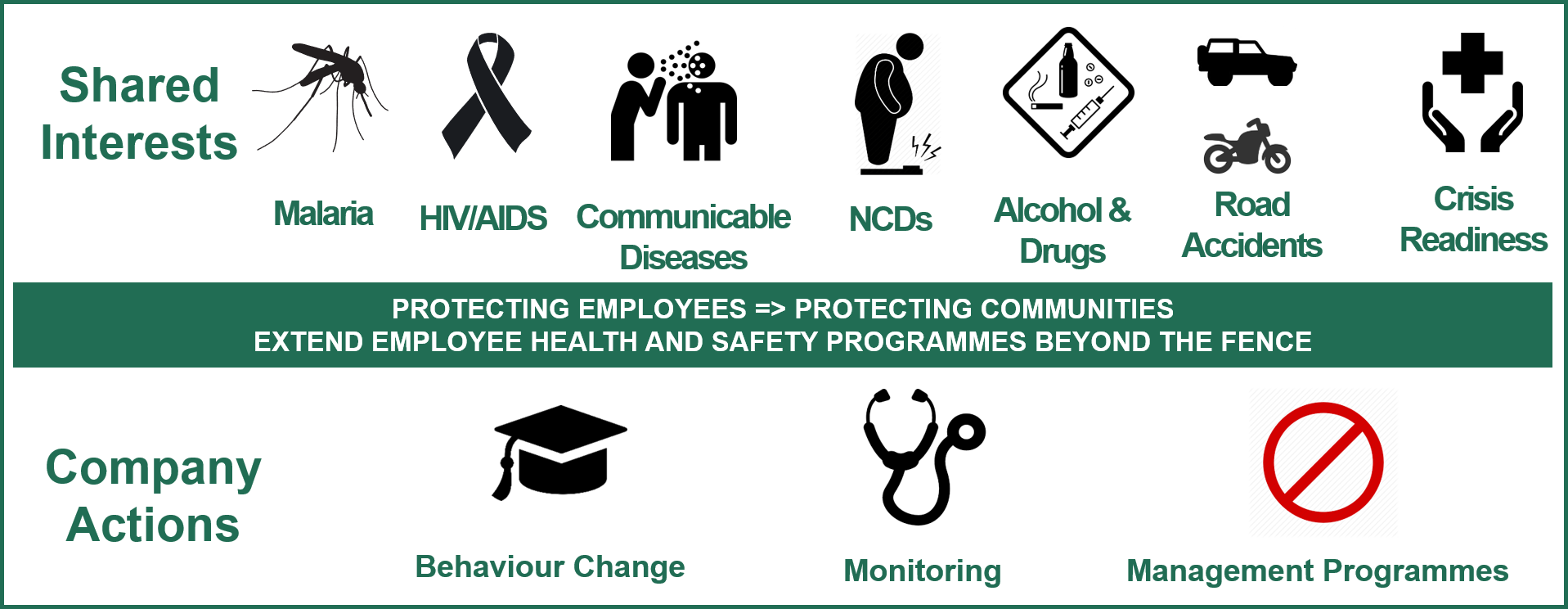Guide to Community Development
WHY LOCAL DEVELOPMENT MATTERS:
The reality is that for most projects the benefits that come from job and business opportunities fall to a relatively small proportion of the population, usually those with better education and better connections. For the majority of community members local development is the one broadly distributed benefit they might see. Community and government pressure to “help” and a natural tendency for feeling that helping those you might think of as being less fortunate is “the right thing to do” often lead to a temptation to do something quickly to relieve pressure and to live up to a self-image. While this is understandable, it is important to try to resist the instant gratification of a quick fix and for you to move away from "giving stuff" and providing hand-outs which create dependency and take on the bigger challenge of building capabilities and developing a sense of ownership and accountability. It is also important for you and your company not to fall into the trap of over-promising and under-delivering and turning what should be a positive into a long term liability.
|
WHAT TO DO:
|
HOW TO DO IT:
|
| Build trust in the community development process |
- Define the company drivers and short and long-term objective for local development in a way that everyone on the project can understand and that you can explain to the local community;
- Define the rules for assistance at all levels – donations, infrastructure and long-term investment - in a way that everyone on the project can understand and that you can explain to the local community;
- Define local using criteria that make sense for the site (see below for some ideas);
- Ensure all the players on site – company and contractors – consistently apply the rules.
Geography and Impact are commonly used criteria, often as a combination. |
|
Educate
|
- It is never too early to start;
- Talk about your performance – on your website and in locally used forums. Radio, TV, social media and the tried and tested community noticeboard are all possibilities;
- Explain to your local staff how and why you do community development the way you do. As with health, peer education is one of the best ways to get results;
- Prepare a frequently-asked-questions sheet for everyone to use. Keep it simple, focus on the top 10 and aim for a single page;
- Use the opportunity of site visits by company leaders to share community development related news and information with staff and community alike. One-on-one meetings, small groups and larger gatherings can all work.
|
| Implement a good donations program |
Donations are discretionary funding driven by requests from the community. While usually small dollars and short-term, they show the company is responsive to local needs and can be used strategically to support long-term objectives. Always:
- Consider the bigger picture;
- Define areas of support;
- Define selection, assessment and approval criteria;
- Communicate processes and the results widely;
- Act consistently;
- Review the process periodically.
|
| Do quick impact projects well |
Quick Impact Projects are high-visibility projects and are sometimes referred to as ‘ribbon cutting’ projects. They can be done quickly to generate good will and result in a tangible benefit, short-term benefit, usually in the form of a building or infrastructure. The benefits of quick-impact projects need to be weighed up against the risk of creating dependency and the question of long-term sustainability. Always:
- Do all of the above plus;
- Consult broadly during project identification, design and assessment;
- Build training and skills transfer into program where possible;
- Involve beneficiaries in tracking programs and quality and results.
|
| Develop a long-term investment plan |
Long-term Investments are activities, programs or projects that build local capability and self-sufficiency over time. They support longer term business objectives such as delivering lasting benefits, building reputation and sustainability. Always:
- Consider the bigger picture;
- Define areas of support;
- Define selection, assessment and approval criteria;
- Communicate processes and the results widely;
- Act consistently;
- Choose the option that builds local ownership and capacity;
- Move away from doing it yourself to making sure it gets done;
- Review the process periodically.
|
WHAT ELSE YOU CAN DO:
Know that money can’t buy you love: A multi-year study of over 60 international companies operating on five continents concluded that there is no correlation between the amount of money a company spends on community projects and the quality of their relationship with the community.
Resist the temptation to impose your own preconceived ideas: For communities, shared decision making is about respect and ownership. No matter how well intended, if a company decides the priorities for communities instead of with communities, people might willingly accept—but feel no responsibility toward— what the company offers. The result is a bit like when someone gives you a well-intentioned but inappropriate gift- at best you don’t appreciate it, at worst you resent it.
Help people recognise the importance of making choices: Large numbers of requests from communities for support tend to occur when the company has not set any parameters or managed expectations effectively. Open dialogue with communities on issues such as budget, criteria, and cost-sharing can help facilitate discussion on priorities and how to make the best use of available resources. Additionally, evidence suggests that when communities trust that a company is willing to support them over a longer timeframe, they are more likely to prioritize skills training and capacity building.
Defining Local: The more local involvement in defining local the better. As a minimum, include the views of national and local members of the site team. If you already have well established relationships with the community you could canvas views from as wide a range of people as possible. Gaining the support from the local leaders is an important part of the process but needs to be done in such a way that other interested and affected parties are not excluded. Be prepared to review and revise the criteria as you gain more insight into the community. There is nothing inherently wrong with changing criteria but you do need to be clear about why, what and how and to be able to explain the process.
Sponsorships: Supporting sport is often seen as an easy win - kit, prizes and travel money don’t require a lot of effort by the company – and sport is often seen as a unifying activity because ‘everyone plays sport’, but equally the sport field can become a de facto battleground where longstanding and deep seated rivalries come out. Sponsoring a local sporting team or event shares all the characteristics that need to be considered in every other community based investment: Who is in, who is out and who decides? How to say ‘no’? How to exit? And, if you find it difficult to get it right with a simple sport sponsorship what chance a more complex community project? The message here is be careful, think before you act and give yourself the best chance to build connections instead of creating divisions.
Is that all? Companies are often told they don’t do enough and are often their own worst enemies because they put too much emphasis on their community development activities and overlook the bigger picture of their contributions through the taxes they pay to government, the wages they pay and the training and skills development they invest in their local employees; payments to suppliers and SME development, which is a bit short-sighted, particularly when every bit of data is at your finger-tips!

RULES OF THUMB
- Build on what is in place
- Aim for a big return for a small effort
- Some things are hard to do well
- Go for quality over quantity
- Diversify (subject to considering (4))
- Invest more in people (not so much in buildings)
- Community-driven idea generation
- Encourage community involvement
- Work with partners
- Know your limits and work to your strengths











